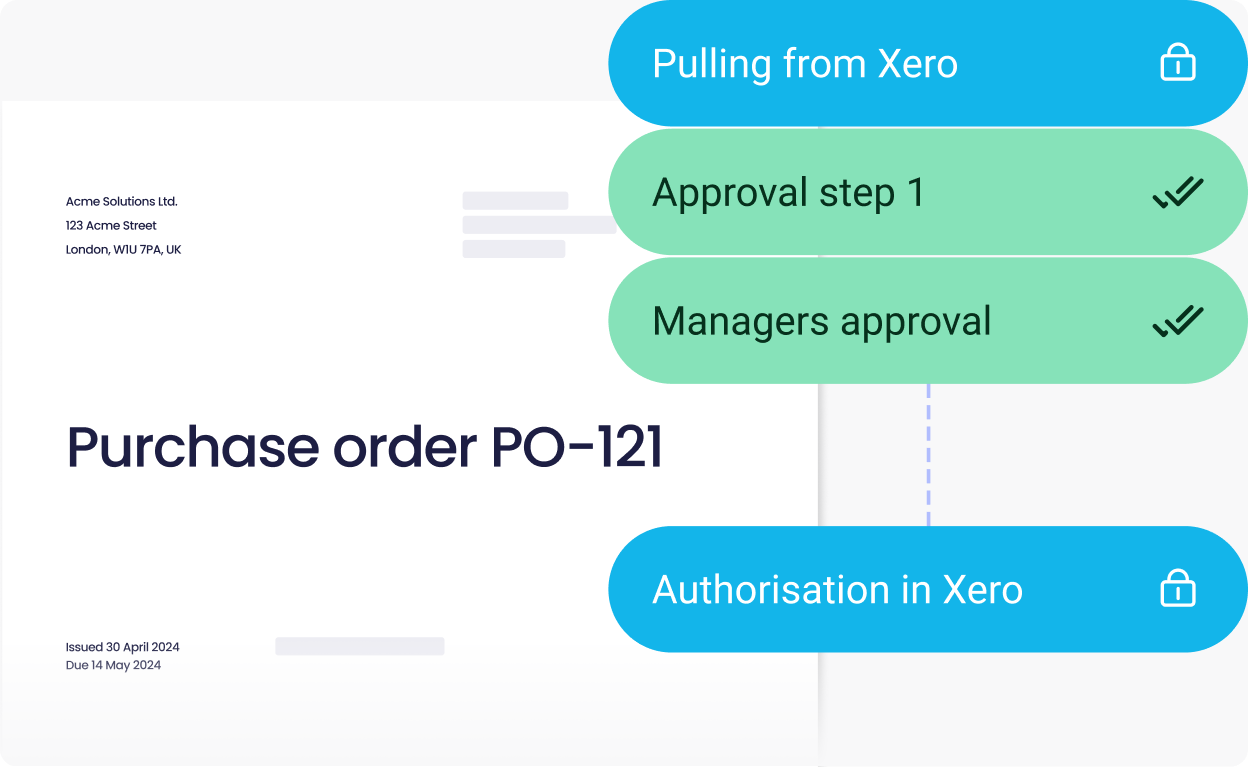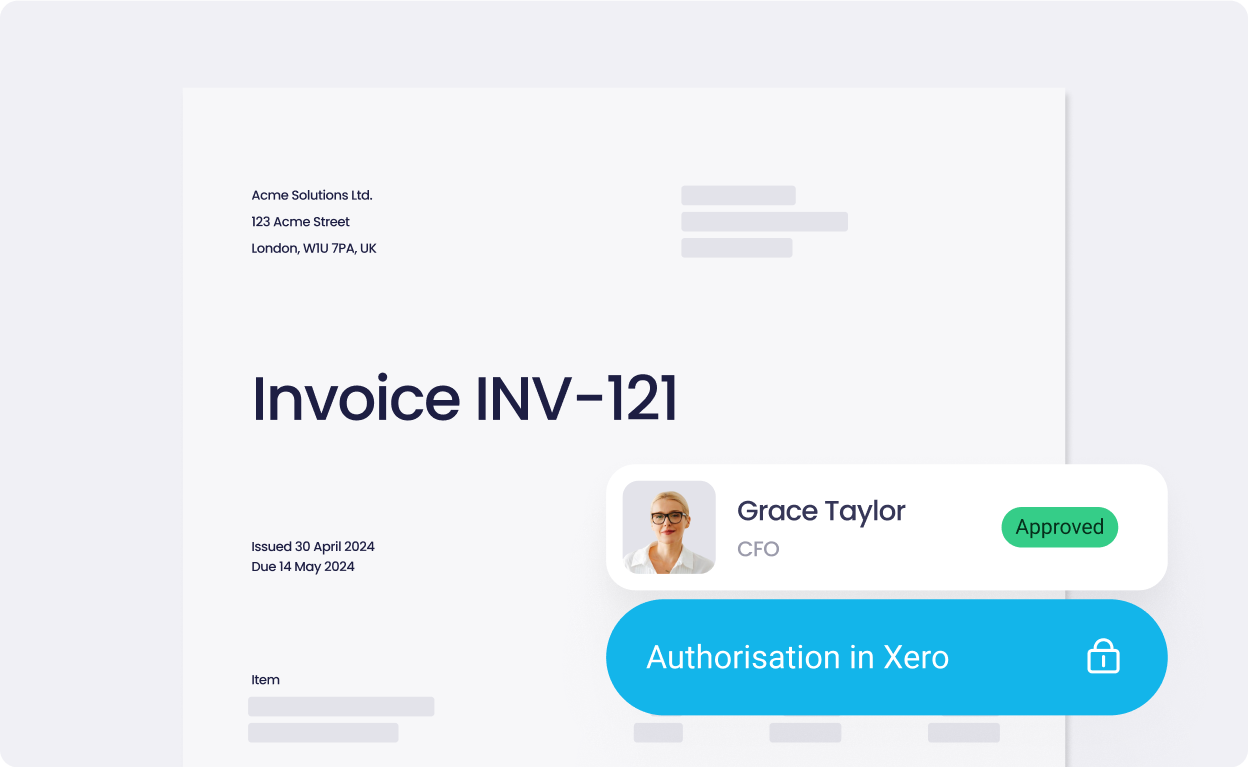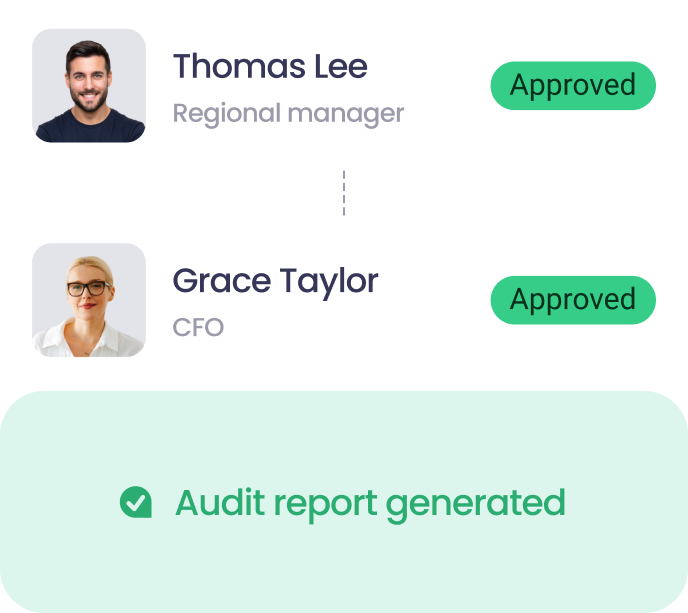
Sales invoice approval process: Adopting a paperless invoice approval system
If you’re in charge of a professional services company, such as an accountancy firm or design agency, then you’ll know first hand just how fun and challenging it can be.
The fun part will come if you ever find yourself issuing hundreds of sales invoices every single week. You’ll undoubtedly be in dreamland – because that means there’s plenty of work being billed, which in turn means revenue is being generated for your business.
But the not-so-fun part is ensuring that every sales invoice is correct prior to being sent out. You must make certain that you’re not overcharging or undercharging your customers, or forgetting to bill them for particular services. Your company’s reputation, and solvency, depends on avoiding little mistakes. And these can soon add up.
Incorporating a paperless invoice approval system into your workflow can address these challenges head-on. By digitising the approval process, businesses can ensure that invoices are accurate, reviewed efficiently, and sent out on time
Common issues with a manual sales invoice review and approval process
You’ll often encounter the following questions when you’re left to manually check every invoice before sending it to a client:
- Are the customer details right? Has their name been spelled correctly? Even the smallest typo could have your customer questioning just how much you care about them and their business.
- Does the work description on the invoice match the milestone? The last thing your client wants is a nasty surprise when it comes to their next bill. You must be sure you and your customer are on the same page.
- Have you made sure only billable hours have been included? Have you calculated them correctly, and for the agreed-upon period of time? When it comes to quantity and price, you can’t afford to make mistakes.
- Did you agree to a discount with your customer? If so, have you applied it correctly to the invoice?
- Does your invoice include the appropriate branding and most up-to-date contact information? Your customer has to be able to trust that the invoice is right, and has been sent by the business they’ve been dealing with. This is especially vital if your business has a number of sub-brands.
So, what are the key cases that demand the use of a streamlined and automated sales invoice approval process? If any of the above issues slip through the net, you could be faced with the following repercussions:
- Incorrect or incomplete sales invoices being communicated to clients
- A need for graded review and approval processes for higher accountability
- A lengthy internal review and correction cycles that delay sales invoice issue to client
- No visibility into sales invoice review and approval decisions
To sidestep these issues, you need to increase precision with a streamlined and automated solution.

What’s the answer? A cloud-based paperless invoice approval system
Digitising and automating the sales invoice approval process not only minimises human error but also ensures full transparency regarding to sales invoice approval decisions.
A paperless invoice approval system does this by integrating your accounting platform, such as Xero; a system for the generation of sales invoices, such as job management or workforce management software; and a cloud approval workflow system, such as ApprovalMax, that manages sales invoice approvals throughout all levels of your business.
ApprovalMax simplifies this process by:
- Automatically routing invoices for approval based on business rules.
- Allowing approvers to review and approve invoices via web or mobile apps, ensuring flexibility and accessibility.
- Documenting every approval decision for a clear audit trail, enhancing accountability and compliance.

How a paperless invoice approval system works
- Start by defining the sales invoice approval process milestones.
- Then, set up the workflow. Connecting Xero with a data entry system and ApprovalMax is incredibly straightforward, and can be done by a non-technical user.
- Finally start using the solution to improve the sales invoice approval process.
Here’s what it looks like:
- Sales invoices are either created in your accounting platform or pushed to it by an external job management system.
- ApprovalMax pulls all sales invoices with the status “pending approval” and initiates the approval process.
- Each sales invoice is routed according to the specified workflow settings and business rules.
- Approvers receive approval requests including all the related information, in the sales invoice fields and as attachment.
- Approvals are performed via the web or mobile app; a comment can be provided for the Requester.
The status of a validated sales invoice changes to ‘Approved’ and it can then be sent out from your accounting platform.
Your sales invoices will always be provided accurately and with the detail as agreed with the client. They can also be validated and authorised outside of your accounting software.
Read more: How to dramatically improve your invoice approval process.

What are the benefits of this approach?
The best way to measure the efficiency of a newly implemented cloud-based and automated approval workflow is to compare the hours that used to be spent on data search, filing and collating, and preparing reports from emails – basically all of those time-consuming paper-based activities – to the minutes those tasks now take thanks to having everything at your fingertips
And with hours saved, you can now spend time on your primary accounting activities – or maybe even think of going beyond pure accounting, into advisory services and business growth activities.
Using cloud accounting technology and setting up the right processes is a critical foundation for future growth. With a paperless invoice approval system, you can create an invoicing workflow that works effortlessly – saving time, reducing errors, and improving client relationships.
If you’d like to learn more about the best practices on technology, process and people change, read our eBook “Clutter-free Accountancy” and find out how you can ditch the paper trails, improve data quality, and maintain decision control. Get your copy here.
Ready to Simplify Your Approval Process?
Set up a system of checks and balances for your financial operations.
Multi-step, multi-role approval workflows for financial documents.

Auto-generated audit reports for each approved item.

Get alerts for fraudulent activity and protect against it happening.
Leave printing in the past with fully digitised workflows.



